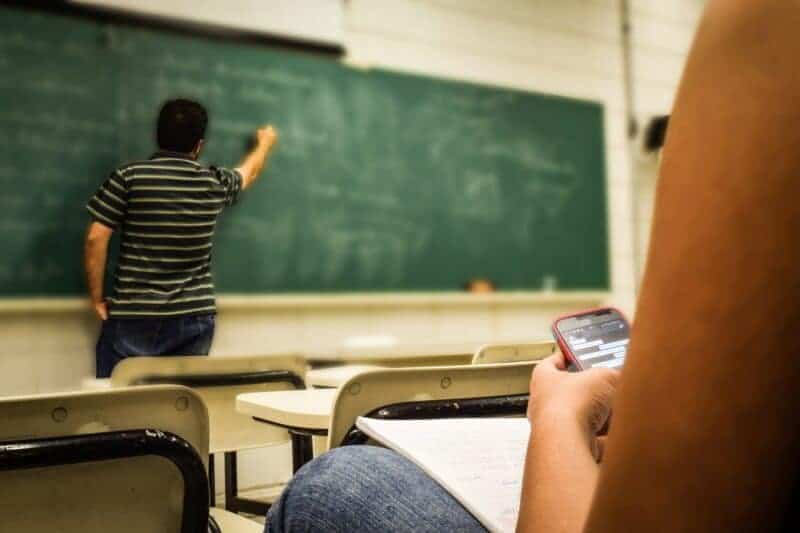In 1992, businesses established “balanced scorecards” — a measurement utilized to predict an organization’s success. After this model took over businesses across America, people such as Harvard Business Professor Robert Kaplan began to prospect how this method could benefit the education system. Now, education scorecards are a peek into the US’s future workforce. It contains data for institutions across the country, such as their characteristics, enrollment, student aid, costs, and student outcomes.
Cases such as the Atlanta public school’s system showcased the power of education scorecards from transitioning as a district known for its underperforming schools to receiving appraisal for high test scores. According to Monroe County superintendent Scott Cowart, the scorecard “set clear expectations for schools, departments, and the district through a transparent process for tracking and reporting performance.” In the article published by Atlanta’s School Superintendents Association, Cowart emphasizes the level of trust that was established by having the ability to communicate performance levels to stakeholders.
Education Recovery Scorecard: What is it, and how does it work?
This same effect was evident after the COVID-19 pandemic through the recent Education Recovery Scorecard published on Oct. 28 by Stanford and Harvard Universities researchers. This scorecard includes an interactive map that provides the first look into how the pandemic has affected learning loss. Unfortunately, according to Learning Heros, over 90% of parents in America still believe their child is at or above grade level. This mindset is due to the fact that there was no way of knowing how much learning was lost during the pandemic until this data was released.
The data analysis is composed of test scores from the 2022 National Assessment of Educational Progress (NAEP) which conveyed an average drop in math and reading scores between 2019 and 2022. In addition, the scoreboard details the distinction between school districts from 29 states, patterns between remote learning and in-class performance, and an estimation of future implications for students.
According to The74, the average U.S. public school student in grades 3-8 lost the equivalent of a half year of learning math and a quarter of a year for reading. These results showcase the most significant drop in reading since the 1990s. Besides the overall decline, there were more considerable differences in poorer, urban, and remote learning districts.
When it came down to the math scores of districts with the greatest number of students receiving federal lunch subsidies, there was a loss of .66 grade levels; meanwhile, low-poverty districts lost .45. Next, for reading, urban districts lost .29 grade equivalents, compared to .33, .24,.31 grade equivalent in rural, suburban and town districts. Then, findings indicated that the average district with remote instruction during 2020-21 had more academic loss than in-person districts.
These characteristics and other factors of the pandemic, such as mental health, social support, family incomes, and lack of routines, made it more difficult for students to learn. But the same features also help policymakers determine how to distribute pandemic relief funds to support those who have fallen behind. According to Harvard Governing Board member Martin West, the growing gap between students at the top and those at the bottom is an important but overlooked trend.
Therefore, policymakers and educators should start gazing into the future talent pool whose lifetime earnings are predicted to be at a 1.6% decline or $19,400 loss for the average K-12 student. This entails how future workforces might not be as prepared as our current workforce, but this high tech-map will help spur the course for high achievement.
How do we support our future workforce?
Organizations such as UNESCO, UNICEF, and the world bank have already started to use this data to detail missions for children and teachers to receive support to strengthen education recovery. Other lines of defense are also being pitched, such as increasing minimum learning time requirements and the amount of enacted learning time for students by reducing time loss within the existing day.
From a tech staffing perspective, it’s imperative that organizations devise solutions to support the educational institutions and programs in their communities. Leveraging training opportunities and sponsoring programs that focus on creating career pathways, particularly in STEM studies, are first steps to helping steer students, our future talent, towards achievement and success careers.
While the pandemic will continue to impact our world and our work for years, positive outcomes are being seen from those looking out for the future workforce of America and the generations whose education was affected the most. No one gets people more than SSI people. Here at SSI, we dig deeper and go further than anyone else to actually understand what our clients and consultants want and need. Then, we deliver.

